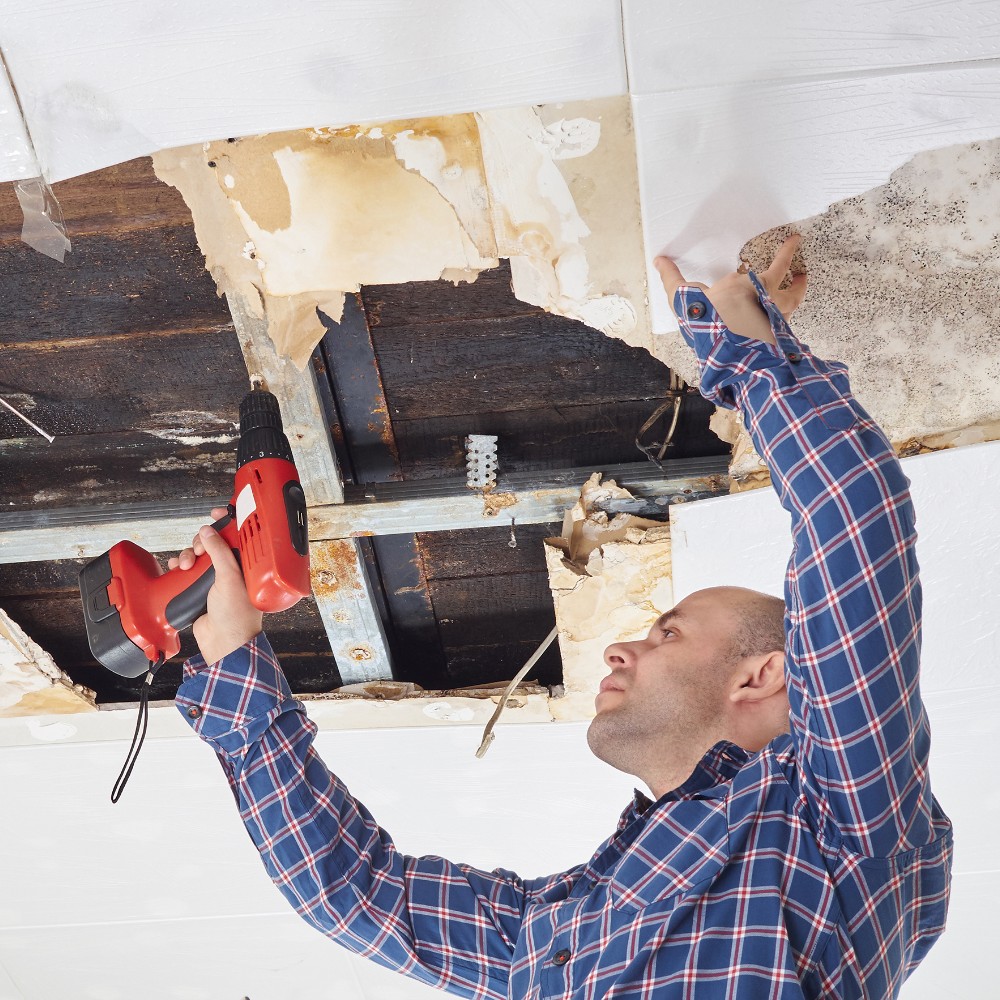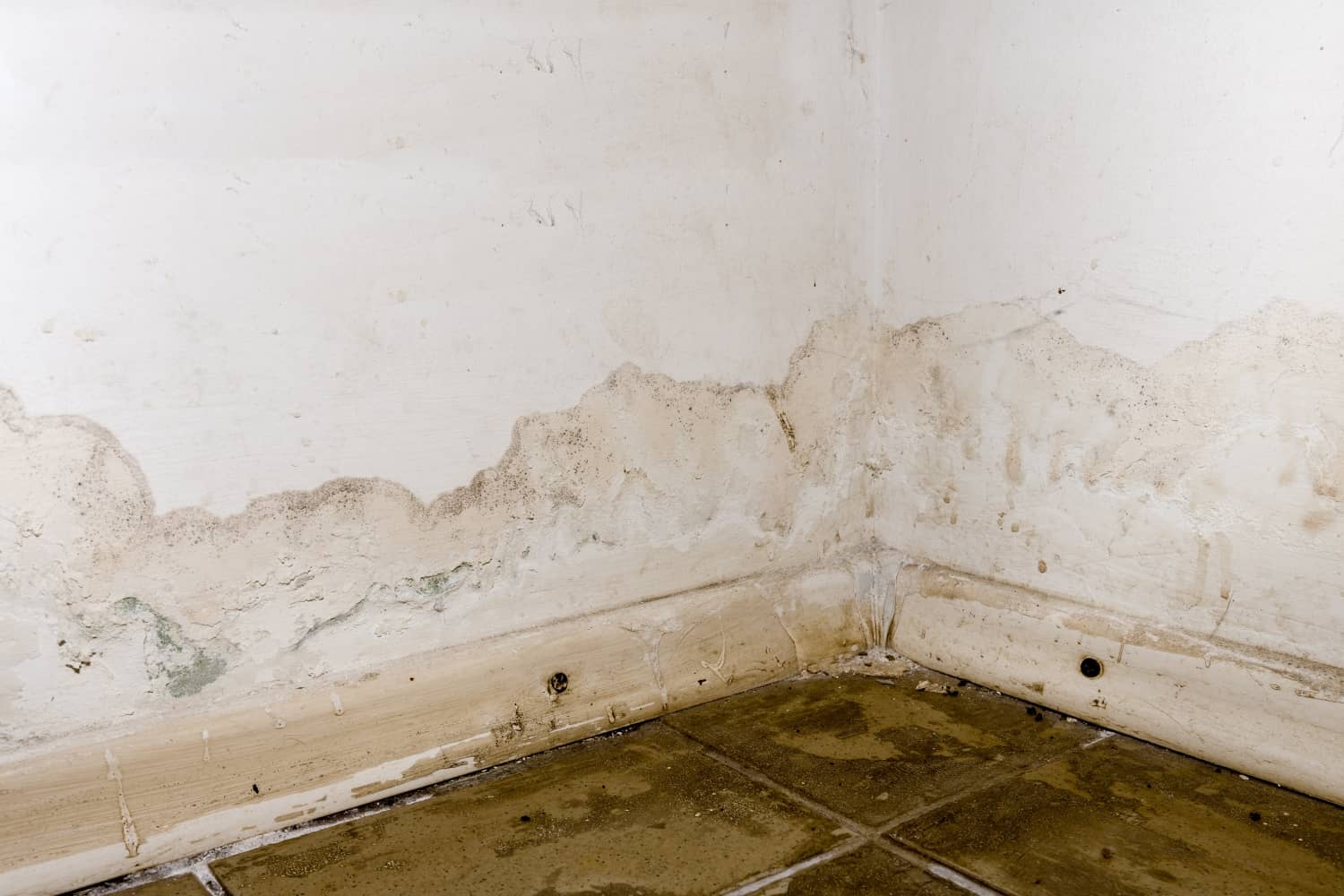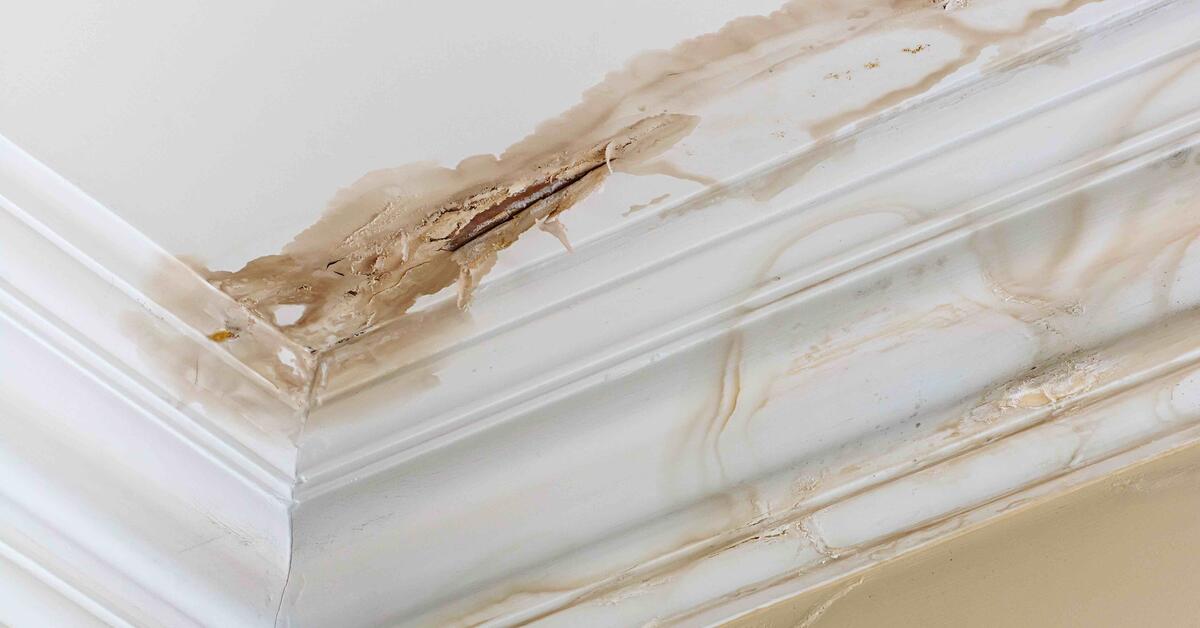Top Water Mitigation Company for Fast Response and Quality Service
Top Water Mitigation Company for Fast Response and Quality Service
Blog Article
The Process of Water Damages Clean-up: Ensuring Your Home Is Brought Back Efficiently
Water damage can be a complicated difficulty for home owners, requiring a precise and organized cleaning procedure to recover security and functionality. Originally, a detailed analysis is vital to identify the level of the damages and determine the appropriate removal measures. Following this, effective water removal techniques play a critical function in alleviating additional damage. The nuances of drying out, sterilizing, and eventual repair are equally vital and frequently forgotten. Comprehending these phases can make a considerable distinction in the result of your home's repair, prompting a closer consider what each step requires.
Examining the Damage
Upon finding water damage, the initial step is to thoroughly assess the degree of the impact. This initial evaluation is vital, as it aids identify the needed actions for efficient cleaning and remediation. Begin by inspecting the influenced areas, consisting of walls, ceilings, floorings, and personal items, to recognize the resource of the water intrusion, whether from flooding, leakages, or condensation.
Documenting the damages is vital for both insurance policy cases and intending repair initiatives - damage restoration services. Usage photos and created notes to catch the seriousness of the damages, keeping in mind any affected architectural aspects and products. Pay unique focus to areas that might not be quickly visible, such as behind wall surfaces and under carpets, as concealed dampness can lead to further problems, consisting of mold and mildew growth
Additionally, evaluate the timeline of the water direct exposure. Inevitably, an extensive evaluation lays the groundwork for an effective water damage cleaning procedure, making certain that all influenced areas are addressed efficiently and thoroughly.
Water Extraction Methods

Specialists commonly use submersible pumps for bigger quantities of water, which can rapidly reduce flooding in cellars or other impacted areas. For smaller sized amounts, wet/dry vacuums are frequently utilized to extract residual wetness from carpets and hard surfaces. Furthermore, making use of mobile extractors permits for targeted removal in constrained areas or areas with delicate products.
In instances of contaminated water, such as sewer or floodwater, advanced extraction techniques might involve the use of biohazard devices to make certain safety and security and conformity with health policies. High-powered extraction devices are essential in reducing water retention in architectural products, which can bring about mold and mildew growth and architectural degeneration otherwise attended to promptly.
Eventually, the performance of water removal strategies plays an essential role in the overall success of the water damage clean-up process, laying the groundwork for subsequent remediation initiatives.
Drying and Dehumidification
As soon as standing water has been effectively removed, the next essential phase in the water damages clean-up process is drying and dehumidification. This step is necessary to stop more damages and mold development, damaged homes which can occur within 24 to 2 days in moist atmospheres.
To achieve reliable drying out, specific devices such as industrial-grade air movers and dehumidifiers is used. Air movers distribute air across wet surface areas, boosting evaporation prices, while dehumidifiers minimize humidity levels airborne, advertising a helpful setting for drying. The combination of these devices guarantees that dampness is extracted from floorings, walls, and home furnishings, enabling them to dry completely.
It is important to keep an eye on the drying procedure very closely. Experts usually use wetness meters to evaluate the moisture material in various products, making sure that all impacted areas reach appropriate dry skin levels. This careful technique aids to avoid hidden wetness pockets that might bring about structural damages or undesirable mold development.

Cleansing and Sterilizing
After the drying and dehumidification phase is complete, the next essential action in click for more info water damage cleanup is cleaning and sanitizing the impacted locations. This procedure is important to avoid the development of mold, germs, and other microorganisms that grow in wet settings.
The cleansing phase usually includes eliminating any kind of debris, dust, and impurities from surface areas utilizing specialized cleaning up agents. For difficult surface areas, a mix of soap and water or commercial cleansing products is often utilized. Soft products, such as furniture and carpets, might need a lot more substantial cleaning approaches, consisting of heavy steam cleaning or deep extraction techniques, to make sure complete sanitation.

Sterilizing adheres to cleaning, making use of EPA-approved anti-bacterials to get rid of damaging microorganisms. This step is crucial, particularly in locations that might have entered into call with floodwaters or sewer, as these sources can pose significant health dangers.
Additionally, it is essential to attend to any remaining smells, which may call for making use of odor neutralizers or advanced methods like ozone treatment. Correct cleaning and sterilizing not only recover the security and hygiene of your home but also prepared for successful reconstruction and repairs in succeeding stages of the water damage cleaning procedure.
Remediation and Repair Work

When the assessment is this article complete, remediation initiatives can begin. Additionally, flooring might require comparable interest, depending on the level of water exposure.
It is important to engage experienced repair specialists during this procedure, as they have the competence to manage complicated fixings properly. Additionally, they can aid mitigate prospective future problems, such as mold and mildew growth or structural instability, therefore making certain a risk-free and habitable living atmosphere. Inevitably, effective reconstruction and fixings recover the home's honesty and enhance its general worth.
Conclusion
Finally, the process of water damage cleanup is crucial for bring back a home to its pre-damage problem. Each stage, from analyzing the damage to carrying out reliable water extraction strategies, complied with by complete drying, sanitizing, and required repairs, plays an essential function in guaranteeing security and compliance with structure standards. Efficient execution of these steps not just alleviates immediate damages however also improves the lasting honesty and value of the residential or commercial property.
Water damage can be a complicated obstacle for property owners, requiring a structured and precise cleaning process to restore safety and functionality. Inevitably, a thorough assessment lays the foundation for a successful water damages cleanup process, ensuring that all impacted locations are dealt with successfully and thoroughly.
Effective water extraction techniques are crucial in minimizing damages and preventing more problems complying with a water breach event.In verdict, the procedure of water damage clean-up is essential for restoring a home to its pre-damage condition. Each phase, from assessing the damages to applying reliable water removal methods, followed by complete drying, disinfecting, and required repair services, plays an essential function in making sure security and conformity with building standards.
Report this page